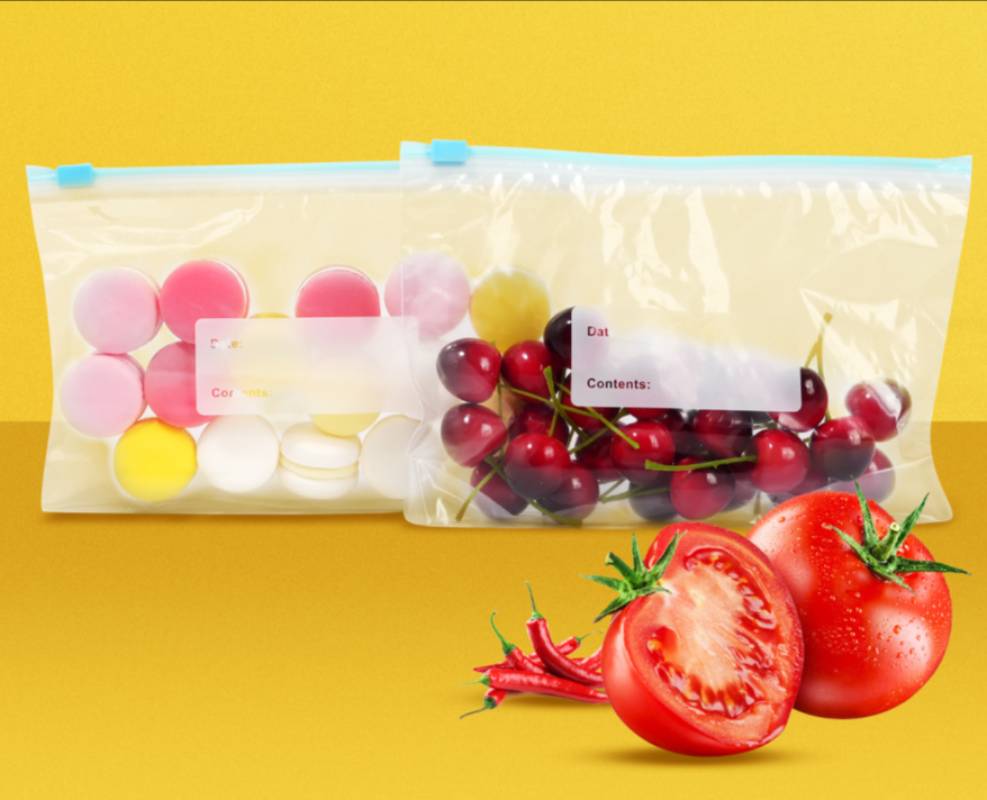Creative Ideas for Packing Healthy and Fun Lunch Boxes for Kindergarten Kids
The Perfect Kindergarten Lunch Box A Guide for Parents
Packing a lunchbox for your kindergartner can be both exciting and challenging. This small meal becomes a big part of their day, providing the necessary nutrition, creativity, and, most importantly, a little spark of joy. In this guide, we will explore the essentials of creating the perfect kindergarten lunch box, considering nutrition, variety, and fun.
Nutritional Balance
When preparing a lunch box, it's crucial to focus on nutritional balance. Young children need a combination of proteins, carbohydrates, fruits, and vegetables to thrive and maintain their energy throughout the school day. A balanced meal might include
- Proteins Options such as grilled chicken strips, turkey slices, cheese cubes, or hard-boiled eggs can be very appealing to kids. - Carbohydrates Whole grain sandwiches, wraps, or pasta salads not only fill kids up but also provide the energy they need for play and learning. - Fruits and Vegetables Fresh fruits such as apple slices, grapes, or carrot sticks add color and crunch. You can also include a small container of yogurt or hummus for dipping.
Variety is Key
Children have a natural curiosity and tend to enjoy exploring different flavors and textures. To keep their lunchtime exciting, incorporate variety into their lunch boxes. One effective way to do this is by creating a lunch box buffet. This involves packing small portions of several items rather than one main dish. For instance, you may include
- Mini sandwiches with different fillings peanut butter and jelly, cream cheese and cucumber, or ham and cheese. - A side of colorful fruits strawberries, blueberries, and mandarin oranges. - A mix of vegetables cherry tomatoes, cucumber slices, and bell pepper strips. - A fun treat a small portion of trail mix or a homemade cookie.
kindergarten lunch box

The goal is to provide a rainbow of options that entice kids to try different foods, making lunchtime a more enjoyable experience
.Fun and Creativity
The presentation of the food can make a significant difference in how much your child enjoys their lunch. Utilize cookie cutters to create fun shapes from sandwiches and fruits. Use colorful containers or dividers to separate different items, making the lunch box visually appealing. Engaging your child in the process can also boost their excitement. Let them help pick out which items go into their lunch box, or encourage them to decorate their lunch bags with stickers or drawings.
Addressing Food Restrictions
In today’s diverse dietary landscape, it’s essential to be mindful of potential food allergies or dietary restrictions. Before packing any kind of food, double-check with your child’s school regarding their policies on allergens, especially nuts, as many schools are nut-free zones. Being aware of children’s preferences and restrictions not only ensures their safety but can also help foster a more inclusive environment for all students.
Conclusion
Packing a kindergarten lunch box can be a fun and creative endeavor for parents. By focusing on nutrition, embracing variety, and incorporating a touch of creativity, you can make lunchtime enjoyable and nourishing for your little one. Remember, the goal is not just to fill their tummy but to ignite their curiosity about food and nutrition. With a little planning and creativity, every lunch box can become a delightful adventure that supports your child’s well-being and growth. Happy lunch packing!
-
No-Sew Methods for Making a Drawstring BagNewsAug.22,2025
-
The Problem with Plastic Trash Bags in LandfillsNewsAug.22,2025
-
Biodegradable Alternatives to Shirt BagsNewsAug.22,2025
-
Creative Ways to Reuse Poly Wrap Roll at HomeNewsAug.22,2025
-
Shipping Fragile Items Safely with Bubble MailersNewsAug.22,2025
-
Sustainable Alternatives to Plastic Shipping BagsNewsAug.22,2025
-
Have the freedom of customizing your custom mailers any way you want! Our dedicated packaging support will help deliver you the mailing experience you need to elevate your shipping experience to the next level! Start making a strong impression on your customers and stand out from your competitors! -
LIYA uses high quality raw materials which directly purchased from large enterprises domestic and overseas such as PetroChina, Sinopec, Sabic, Equate, ExxonMobil, Dow Chemical, Total, and Borouge, ensuring the price advantage and quality of the raw materials. -
LIYA uses high quality raw materials which directly purchased from large enterprises domestic and overseas such as PetroChina, Sinopec, Sabic, Equate, ExxonMobil, Dow Chemical, Total, and Borouge, ensuring the price advantage and quality of the raw materials.





